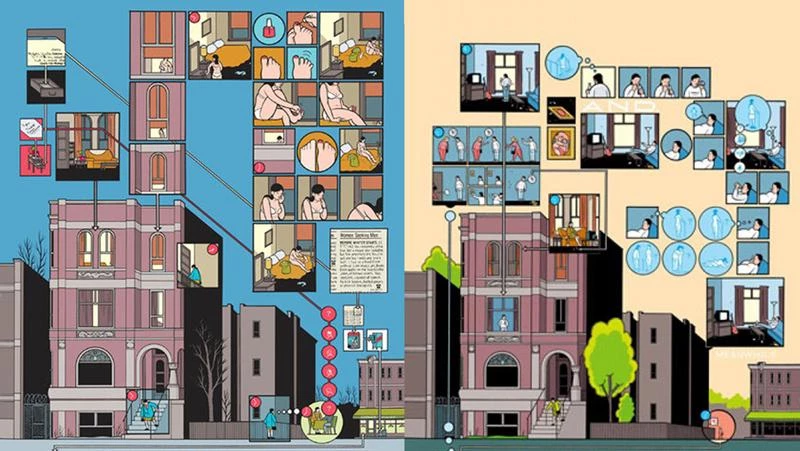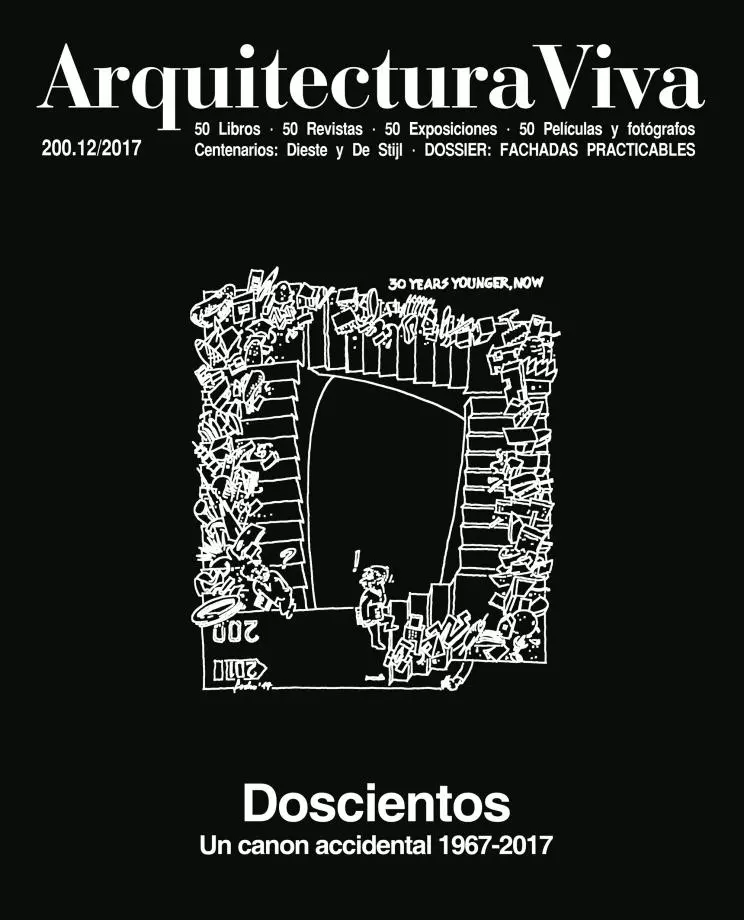
It’s been several generations since cinema was first thought of as something engaged with the poetic contents of ‘traditional’ arts. Then the futurists raised it to the status of seventh art. Also since then, in synchrony with the celluloid strip, sometimes fused with it, the cartoon strip on paper has increasingly used images taken from the fine arts and literature. Less demanding of our imagination than novels but more than movies, the comic strip has inspired other arts, giving back what it drew from them. As a 20th-century art, the cartoon already boasts a wealth of anthologies, treatises, and essays on its relationship with other fields.
A dissertation on cartoons and architecture now meets the challenge of thinking of the cartoon as architecture, for which Bordes introduces narrative as a catalyst, which makes the cartoon a kind of discourse.
He could have followed the known script by which both architecture and the comic strip are considered languages. But he poses a tougher challenge, one to tackle from the angle of real experience of both architecture and cartoons. The first was done by the likes of Rasmussen and Norberg-Schulz, in writings and photographs of the experience and intentions of architecture. The second still awaits its introductory texts for a wide audience. Because of its academic origins, this book has the heaviness of anthologies. But it has lucid perceptions on how we read cartoons, insights which help us think of them as architecture. Readers simply have to relive their own emotions and do a fusion experiment.






